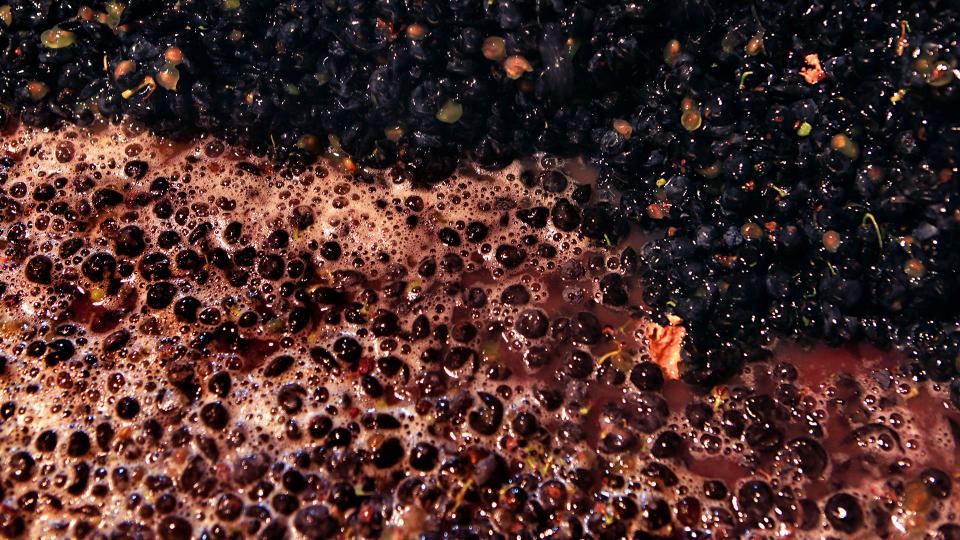Please don't eat the world's oldest cheese

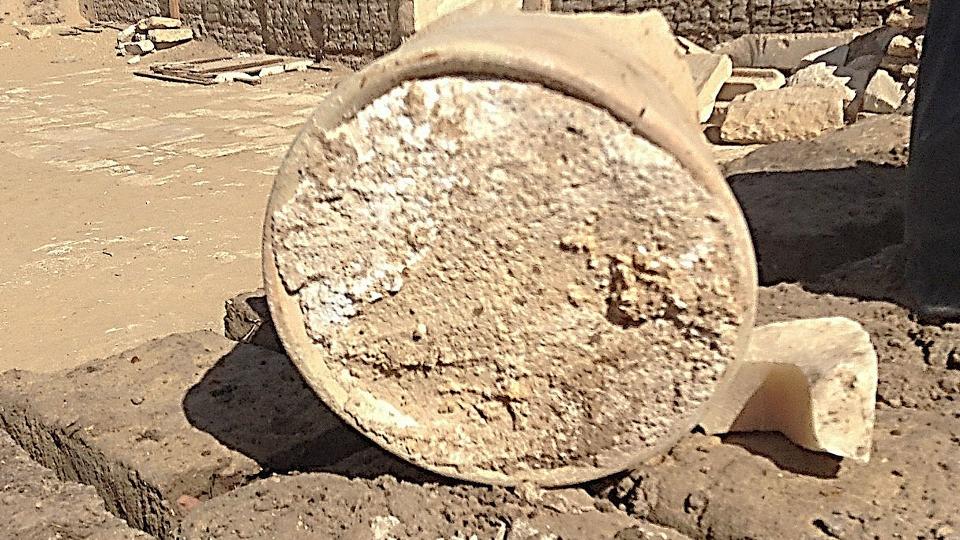
At what point is aged cheese too old to eat?
A group of archeologists probably asked themselves that question after discovering 3,300 year old cheese in the tomb of Ptahmes, the former mayor of Memphis — Egypt’s capital city at the time.
SEE ALSO: People are petitioning to drink the mummy juice from the probably cursed sarcophagus
The team of scientists, led by University of Catania and Cairo University archaeologist Enrico Greco, found the cheese buried in an Egyptian tomb that was first unearthed in 1885, according to a study published in the journal Analytical Chemistry in July.
That said, this certainly isn't the kind of aged cheese you want to taste test. The cheese is also laced with a potentially deadly form of bacteria.
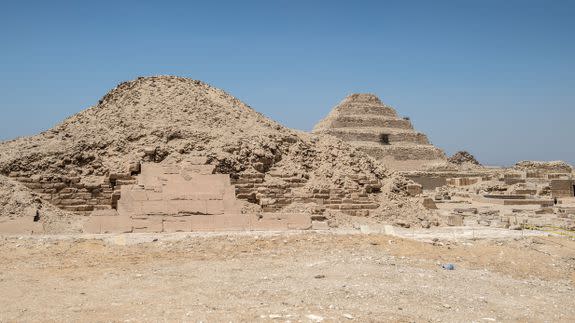
Image: Khaled desouki/AFP/Getty Images
"The material analyzed in this study is probably the most ancient archeological solid residue of cheese ever found to date," the study says.
Drifting sands kept the necropolis where the cheese was found buried for more than a hundred years after its first excavation, but in 2010, Greco and his team uncovered the tomb again.
The team of researchers found broken jars filled with a mysterious solid white substance as well as a fabric that might have been used to cover the jars.
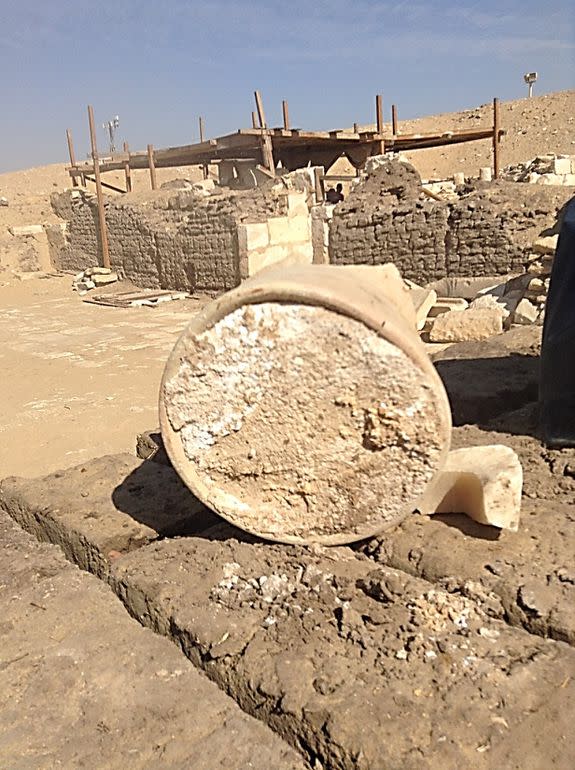
Image: University of catania/Cairo university
The team then dissolved samples of the white substance and purified the proteins so it could be analyzed via processes called liquid chromatography and mass spectrometry.
Those chemical methods work in tandem to essentially separate molecules in the sample and analyze them.
The analysis revealed peptides associated with dairy products produced by cow milk and either sheep or goat's milk.
Basically, it's really, really old, solid cheese.
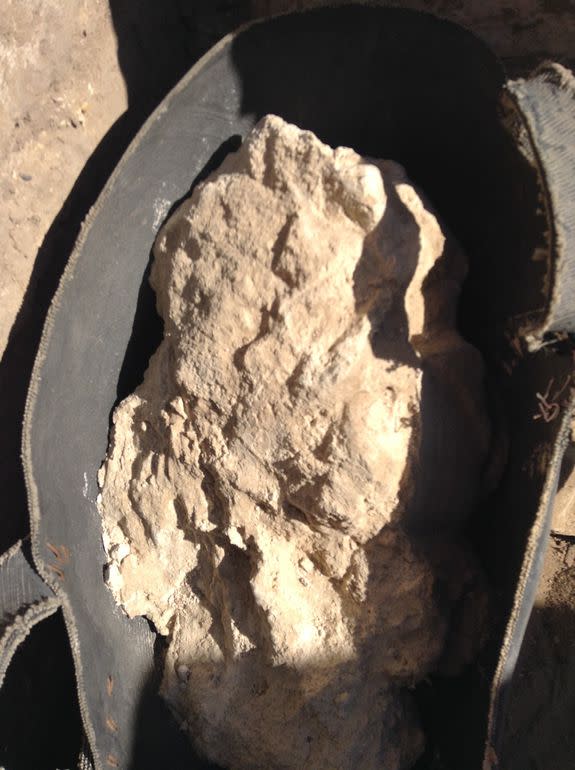
Image: university of catania/cairo university
But really. Don't eat it.
Further analysis found that the cheese was contaminated with a bacteria called Brucella melitensis that causes the potentially deadly disease brucellosis, which can cause a fever, stomach ache, cough, and other unpleasant symptoms.
If their analysis was correct, this would be the earliest known instance of this bacteria.
The actual mummified body of Ptahmes and the rest of his family still have not been found in the massive burial complex, but hey, at least we found the cheese.
WATCH: 5 common groceries made from microorganisms
